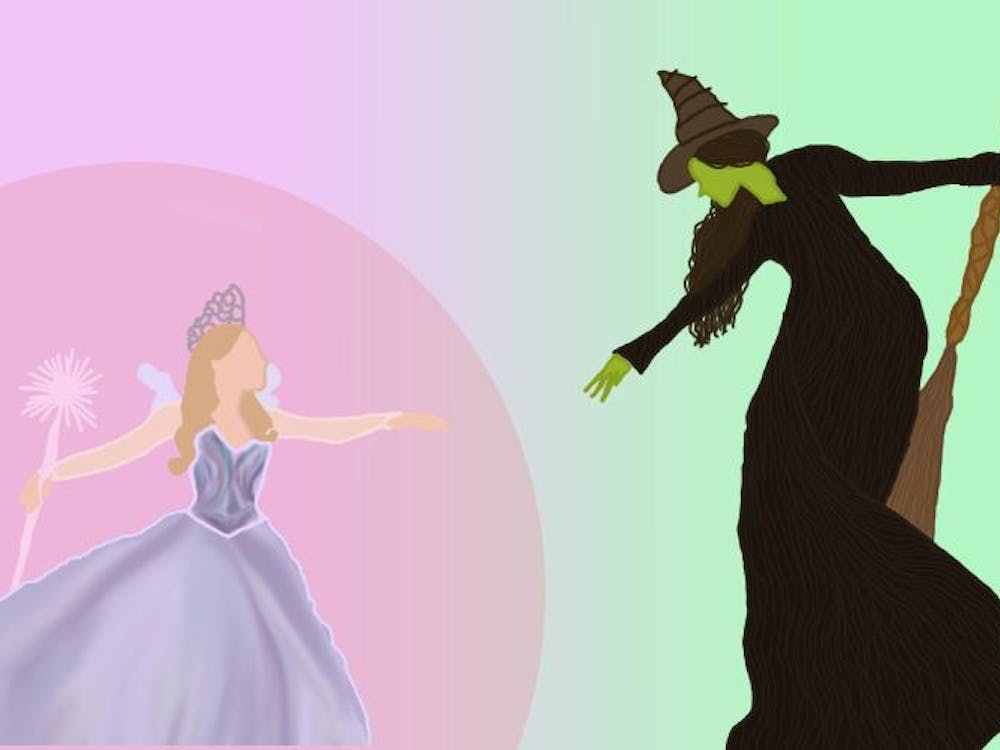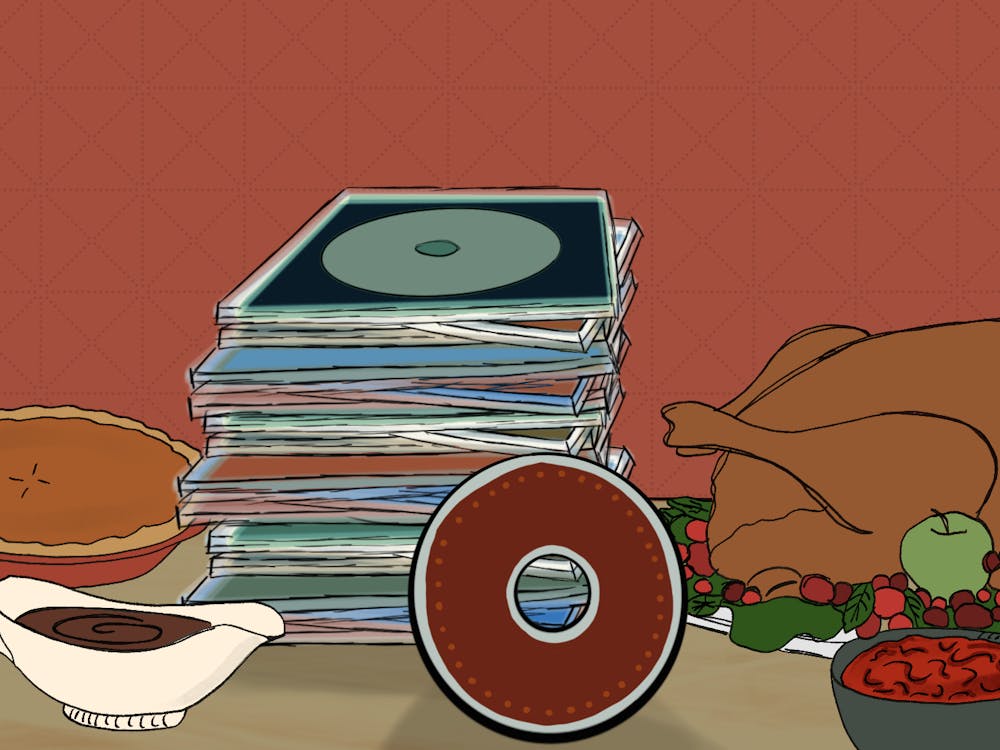With summer underway, Amazon Prime’s June 18 release of “We Were Liars” tells the twisted tale of privilege, loss and a family fractured by their own truths. This television adaptation of E. Lockhart’s 2014 bestselling novel maintains the beauty of Beechwood, the Sinclair family’s beloved estate and the tragedy of the secrets buried in the sand. Despite its summery nature, “We Were Liars” will have you glued to the screen, hanging on every detail.
The series follows Cadence “Cady” Sinclair Eastman, played by Emily Alyn Lind, as she returns to the luxurious New England property wracked with memory loss and migraines caused by a mysterious accident the previous summer. Cady’s longing to reunite with her best friends, the Liars, draws her back to the magical life the island promises. But it isn’t long before the secrets behind Cady’s sickly condition — masked by sunshine, bounding golden retrievers and childhood joy — seep in to haunt this “perfect” household.
Overall, the series does the novel justice, bringing to life the Liars’ carefree childhood and eventual unraveling. A change from Cady’s role as the sole, unreliable narrator in the novel, this adaptation zooms out for a deeper perspective into other members of the family tree. The fragmented narration, as displayed in both the novel and series, jumps between the current summer, the tragic summer 16 and cherished childhood memories.
At the center of the trouble-making Liars quartet is Cady, the eldest granddaughter, as well as her two cousins Johnny, played by Joseph Zada and Mirren, played by Esther McGregor — three heirs manipulated by their mothers and controlling grandfather, Harris, for the Sinclair fortune. Cady’s first love Gat, played by Shubham Maheshwari, completes the group, standing apart as a middle-class boy unwelcome by Harris in the Sinclair legacy.
The casting decisions help create this world of Beechwood and engender excitement about the series. Fans raved about Joseph Zada’s performance as the angsty and complicated Johnny Sinclair, along with Shubham Maheshwari’s Gat, who notably had no prior experience before his stellar debut on “We Were Liars.” Lind and McGregor also lean heavily into their artistic personalities and their cousin characters, making the dynamic of the group feel even closer from an audience perspective.
Set during “summer 17,” as coined by the Liars’ cataloging of their childhood summers by age, the series opens as Cady arrives at Beechwood with the after effects of a horrible brain injury. The eight hour-long episodes follow her slow recollection, as board games and boating trigger flashbacks. After Cady warily accepts the Liars’ apologies and weak excuses of giving her space to recover, the four slip back into their typical teenage antics. However, much to Cady’s frustration, even her best friends tread carefully around how their last adventure went up in flames.
While viewers still see the story through Cady’s eyes, the series includes key interactions between other characters that occur outside of Cadence’s presence. Quarrels between the households only hinted at in Lockhart’s original writing — over family heirlooms, romantic relationships and the parents’ petty manipulations — come to light as the camera captures the Sinclair family from every angle, not just Cady’s experience.
The details and drama largely ring true to the written version, but minor alterations to the chronology of events disclose added tensions and bubbling bitterness, particularly between the mothers. This includes mentions of an earlier generation of Sinclair tragedy in the mothers’ youths explained in Lockhart’s 2022 prequel, “Family of Liars.” Author E. Lockhart, who served as a writer and producer during the adaptation, helped instill these edits while adhering to the heart of the story.
Puzzle-like sequencing of events mirrors the confused haze in Cady’s mind, as parallels of the past surface memories new and old. Episodes featuring an innocent game of tag of summer 8 transform into the parties and romances of summer 16 in the blink of an eye. The recurring images of the four liars jumping into the clear water from the deck first as young kids, then as teenagers and finally Cady solo offer echoed memories that tie the years together. The shifting timeline reflects Cady’s disorientation with reality, as well as the clash of truth and trauma.
With the sunny days of summer 17 stretching on, the series showcases the Liars’ years of friendship and loyalty against all odds. But the Sinclair name is synonymous with perfection — not tragedy — and while money can fund boats and private villas, no amount can buy happiness or change the haunting fate of that summer filled with fire, loss and inescapable grief. While the novel ends with Cadence’s discovery of the truth, the series hints at another season that highlights Johnny’s mother and her past problems with addiction.
Once upon a time, Cady lived in a beautiful, sheltered world, where “life could just be cannonballs and scrabble tiles.” After summer 16, however, nothing will ever be the same for the Sinclair family.







